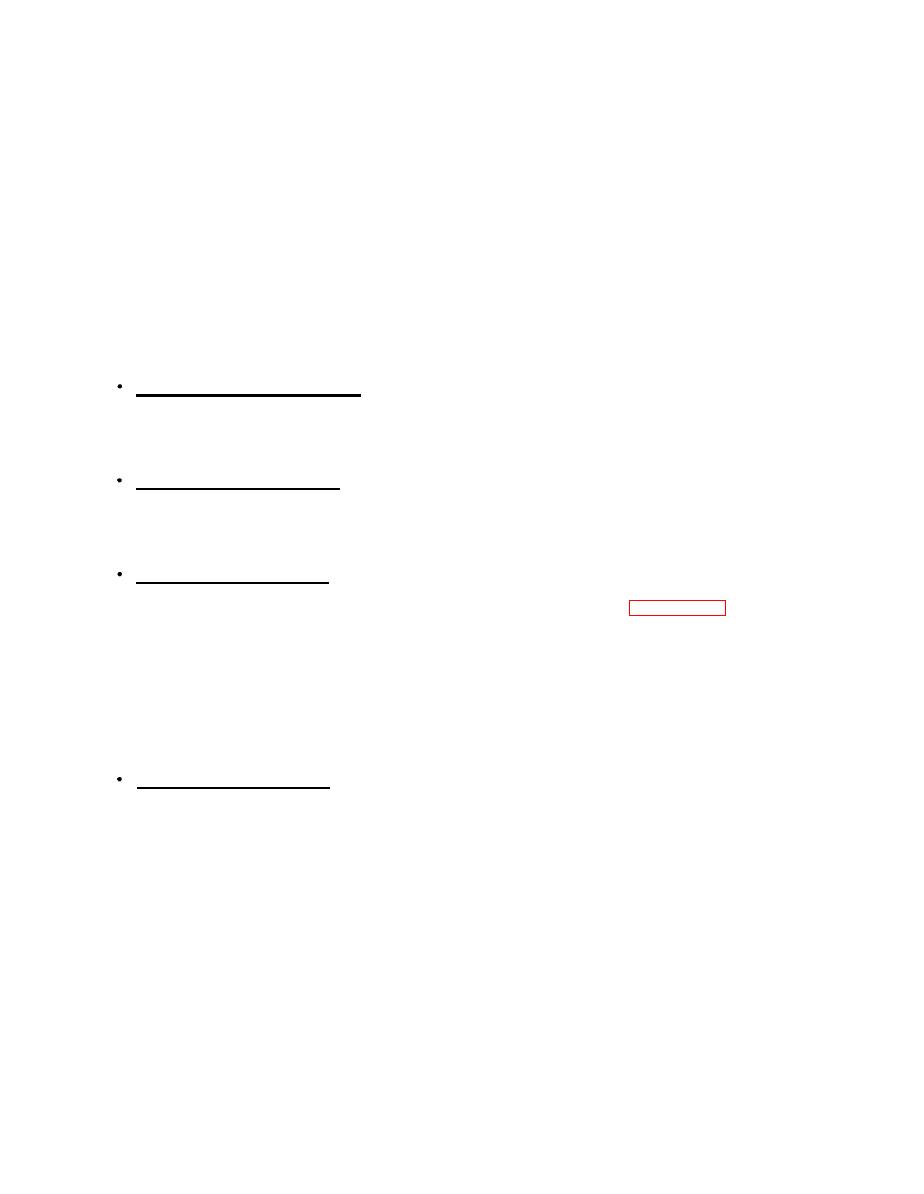 |
|||
|
|
|||
|
Page Title:
SECTION I. HOW TO USE TROUBLESHOOTING |
|
||
| ||||||||||
|
|
 TM 9-2835-255-34
SECTION I. HOW TO USE TROUBLESHOOTING
SCOPE:
Troubleshooting is a step-by-step process for determining the cause of
an engine problem. This section will explain the overall approach to the
troubleshooting procedures presented in chapter 3. References within
this manual will be by page number. Some references to other manuals
will only be by TM number. I f y o u a r e g i v e n a r e f e r e n c e t o T M 2 0 - 1 , f o r
instance, r e f e r t o t h e -20 manual for your engine and go to the index at
the end of the last volume to find the proper task location. For further
information on references, be sure to read How to Use This Manual on
page iii.
PURPOSE:
There are
four
key
steps
needed
for
good
troubleshooting:
I d e n t i f y t h e S y m pt o m . T o i d e n t i f y t h e s y m p t o m , r e a d t h e D A F o r m
2404, 2407 or 5504 that was filled out and describes the engine
symptom. I f s y m p t o m i s o n e t h a t c a n b e v e r i f i e d , s u c h a s l o w
pressure compressor rubs when turned by hand, verify the
symptom.
Find the Procedure. Use the Fault Symptom Index (Section II) to
locate your symptom and the paragraph and page number of the
t r o u b l e s h o o t i n g p r o c e d u r e y o u n e e d . The symptom you have may not
be worded exactly as described in the index but find the symptom
that most closely resembles the engine malfunction.
Isolate the Fault. All troubleshooting procedures are located in
Troubleshooting (Section III). They are in the form of fault
isolation flow charts; see Sample Procedure on page 3-4. Each
flow chart begins with a specific fault symptom. Included at
the
beginning of most flow charts, is a brief description and
illustration of the system or parts you are troubleshooting for
that particular symptom. Refer to this to help you understand
the troubleshooting logic in the flow chart. Step-by-step
instructions for finding and correcting the fault are given for
each symptom. I l l u s t r a t i o n s a r e i n c l u d e d t o s h o w t h e l o c a t i o n o f
test points and engine related hardware. Carefully answer each
question in the flow chart.
Verify the Repair. Most fault isolation procedures will lead to
the replacement of a component. Follow the reference to the
maintenance procedure, a n d r e p l a c e t h e f a u l t y p a r t o r m o d u l e .
If your symptom was one that could be verified, such as low
pressure compressor rubs when turned by hand, make the repair,
and verify that the symptom is gone. The statement verify
p r o b l e m i s s o l v e d . " means to operate the engine to be sure Your
symptom or any related symptom is no longer present. If your
engine still has a problem after a troubleshooting procedure has
been performed, it may have had more than one fault. Check the
Fault Symptom Index for another troubleshooting procedure and
continue to troubleshoot.
3-2
Change 5
|
|
Privacy Statement - Press Release - Copyright Information. - Contact Us |